Cottereau, 1903, Populaire
Cottereau "Populaire", 1903
Cottereau is one of the oldest French car manufacturers history, they produced their first car in 1898 in Digione.
The Populaire model was powered by a single-cylinder engine couple with a 3-speed gearbox (with optional reverse gear!) rear brakes only and wooden rims.
It had a double chain drive and manual lubrication via an oil dispenser near the steering wheel. There is no windscreen and the passengers had to were goggles and coats to drive, a usual practice in the early 1900s.
The car shown in the Museum, probably the only model survived, won in 1979 the “International Grand Prix of Restoration and Preservation” and was the base model for the bronze sculpture at the museum entrance, made by the artist Annachiara Spellini.
Luciano Nicolis used to say: “In the early days, automobile was a masculine word in Italian, probably because it was a vehicle that aimed to the male audience, then it became feminine thanks to Gabriele D’Annunzio that transformed the term with his famous quote: – The automobile is feminine. It has the elegance, slenderness and liveliness of a seductress; it also has a unknown virtue to women: perfect obedience. But on the other hand, nonchalant lightness in overcoming every roughness -“.
According to commonplace women and cars won't get along well together, but why is the connection so spontaneous? Just think about cinema or magazines, the car image is linked to the woman's one most of the time. Women actually enter firmly into the factories during WWI to replace men who are fighting. This context helped creating the awareness of society's role of women. During the post-war period many states will grant women the right to vote.
Luciano Nicolis: “In the early days cars had to hide the engine inside a rounded compartment to give the same impression of power the known steam machine gave. Behind the radiator there's a little single-cylinder petrol engine. The headlamps were powered by carbide. The car was replacing the carriage and the engine replaced the horses: something that amazed people back then. It had no doors or windscreen. The petrol tank is little and there's also a manual oil dispenser. Reverse gear was usually an option. On the steering wheel there's the hand accelerator. This car is called Populaire, despite not being that "popular" at the time: very few people could afford an automobile. It's probably unique in the world and I'm very attached to it. So much so that I wanted a 1:1 scale bronze sculpture of me and my wife on this car placed at the entrance of the museum.”
This car is the scupture-symbol of Museo Nicolis, chosen by Luciano Nicolis himself.
“We are always amazed by the first times molten bronze give life to a true plastic expression, solidifying the concept, and in Anna Chiara Spellini's sculpture there is this sense of passion. The author caught the moment of love, a dream came true that by melting copper and tin, fuse two souls together forever.”
Technical notes:
This car has many characteristics related to the early days of motoring.
Single cylinder engine
No WINDSCREEN: the windscreen was used on some carriages to protect the occupants from wind, dust and rubbles coming from the horses' hooves. Cars were born without it, they probably thought it was no longer necessary since the horse were replaced by the engine. It was also dangerous because safety glass still had to be invented (laminated glass will be introduced in the 20s) and when it broke it could hurt the driver. Around 1910 the windscreen will be fitted on all cars as an horizontally-cut glass (the upper part could be opened when it rained and worked as a small roof and helped the driver to see better). Windscreen wipers still had to be perfected. The drivers still had to wear goggles and coats.
In the 20s they introduced a manual wiper system that will become electric-powered in the 30s (the windscreen itself changed shaped too).
CARBIDE headlamps: they work with carbide gas (the tank is on the left footplate). In the late 19th century they used candel lights. In the early 1900s the headlamps were powered by oil. Until 1915 we had carbide headlamps or acetylene. From 1920 on electric headlights.
Manual lubrication via an oil dispenser near the steering wheel.
The radiator has a rounded shape that recalls steam machines.
Crank start: the electric starter will be fitted in 1920s in Italy.
The gear and handbrake levers are outside the car. Around il 1910 the common three pedals will become standard (clutch, brake and accelerator).
3-speed gearbox with (optional) reverse gear.
On the steering wheel there's the HAND ACCELERATOR and the lever to regulate the TIMING.
Rear brakes only (from around 1914 cars will receive brakes on all 4 wheels but the 4-brakes system will spread only in 1920s). In early 1900s brakes were operated via a rope. 1920s saw the invention of hydraulic brakes.
The majority of cars had LEAF SPRINGS. Around 1930 they started studying indipendent suspensions on front wheels.
The car has no doors: something usual in the early 1910s.
BAQUETS seats: similar to chairs. Initially wrapped in leather and filled with wool, around 1920 leather will be replaced by fabric in tone with the body color (more expensive, warmer and more luxurious).
BODY-ON-FRAME structure. (the first car that introduced monocoque chassis will be the Lancia Lambda).
Pneumatic tyres (Dunlop introduced them in 1888 and were applied on cars in early 1900s). Previously, around 1843, he invented rubber vulcanization. On the first cars the tire remained attached to the outer part of the rim.
Wooden wheels: the wheel has wooden spokes with metal supports. Spokes were thin in the beginning (see the Benz tricycle) Too much delicate and expensive. In the early 1910s big wooden spokes appeared. In the 20s some wheels had metal spokes. From 1925 full hubcaps wheels.
BRASS finish: a refined widespread material in Europe until 1920.
Unique model: few people could afford a car, you had to be rich and also know how to use it and maintain it. It costed time and money to produce a car which was still hand-built.
HORN: there is no electric horn because there is no electricity. You used an air horn or a manual "STRIDOR" (like the one fitted on our Oldsmobile Curved Dash). In 1914 percussion horns appeared powered by a little electric motor (the first one was made by the CLAXON company in 1908 from which it took its name).
Folding roof with rear window.
Front and rear fenders. Fenders were two separate pieces in the beginning, in 1930 they started being integrated to the car body as well as the headlamps.
No BUMPERS: they will spread in the 1920s.
Little GAS TANK: the automobile was still an experiment and was used for short distances, not for tourism. Outside the city center there was nothing. From 1900 PETROL started being sold as PETROLINE, and you could buy it in barrels or jerry cans at the general store but also at pharmacy.
LUGGAGE RACK: fitted on the back or on the roof it was used to carry small bags and later suitcases. When cars started being used for touring, luggage racks evolved as well. In this period if you had to travel you still used trains. The luggage rack was also used for the spare tire. Around 1930s the first cars with integrated trunks appeared.
In 1979 the car won the “Grand Prix Internazionale del restauro e della conservazione”, Arco (Trento) driven by Luciano Nicolis
In 1980 the car was used in a shooting for a famous magazine of the period, Le Coiffure.
Shooting, Calze Levante
Endurance test, Bassano del Grappa

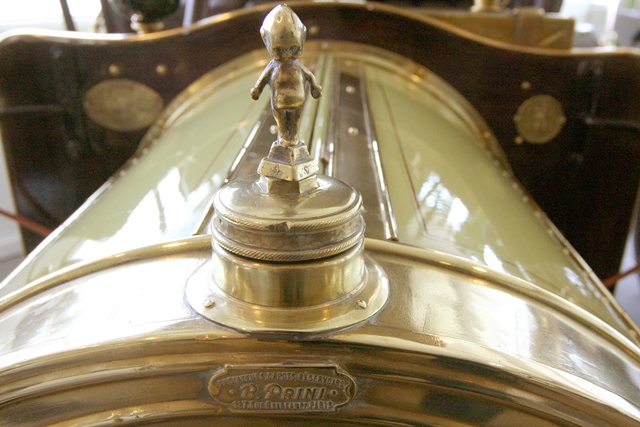
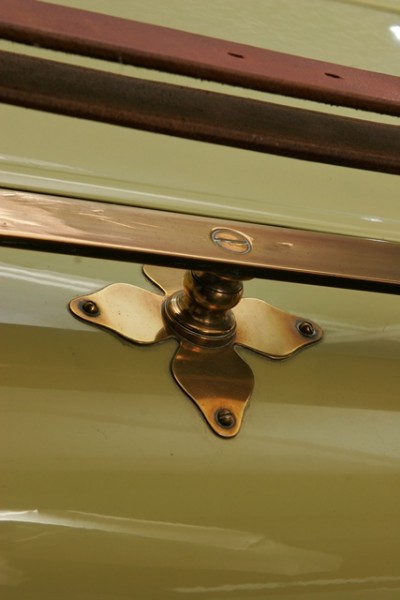
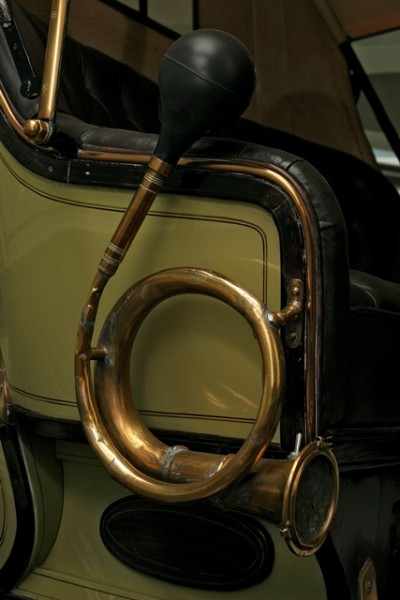
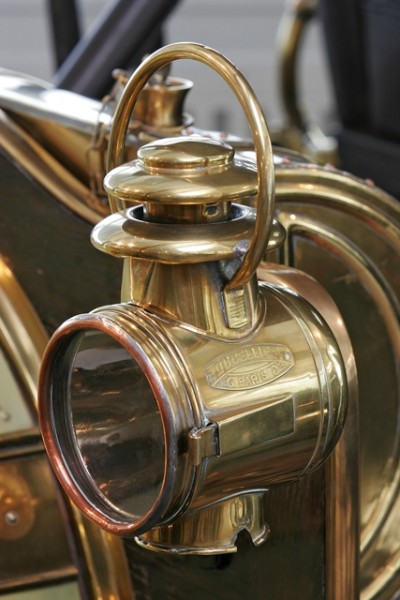
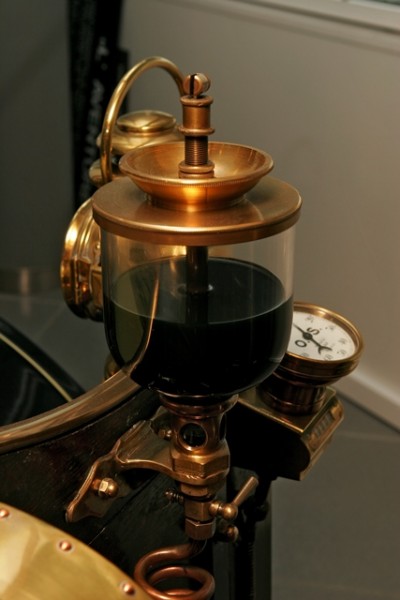
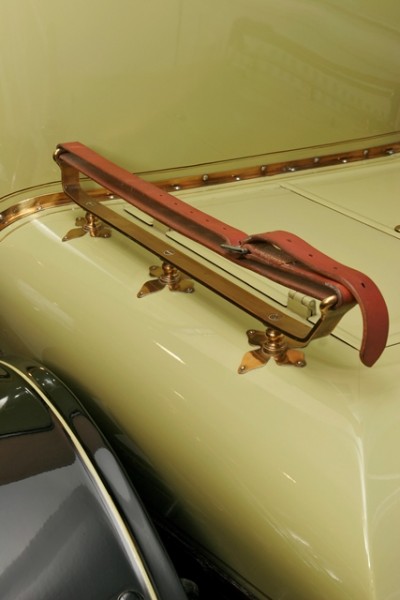
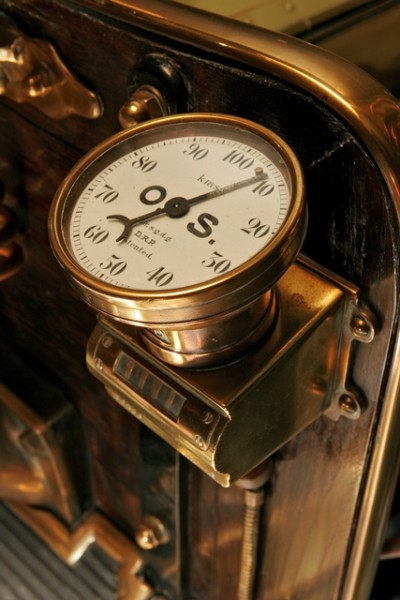
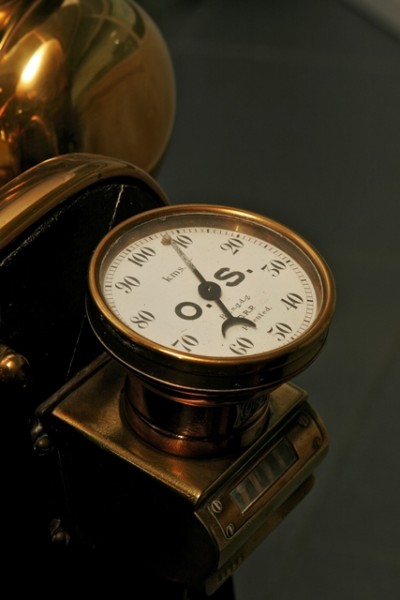
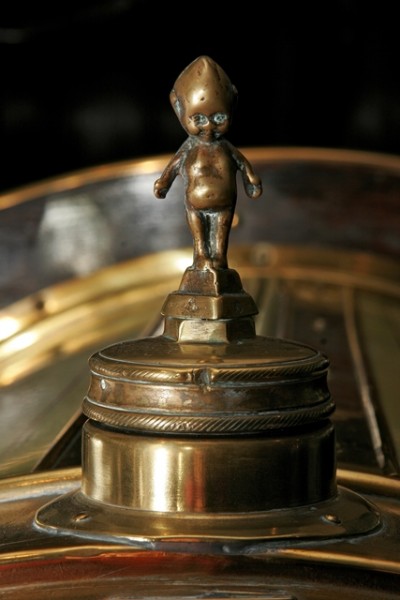
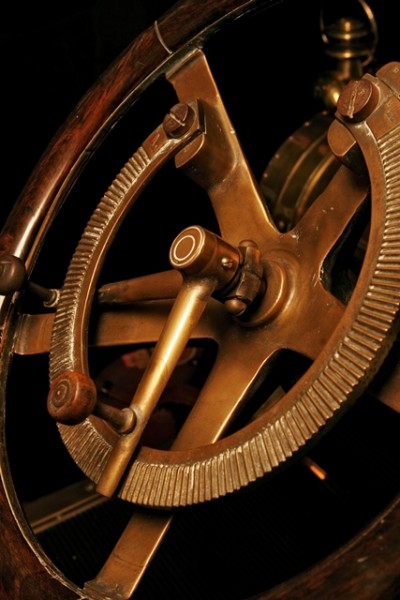
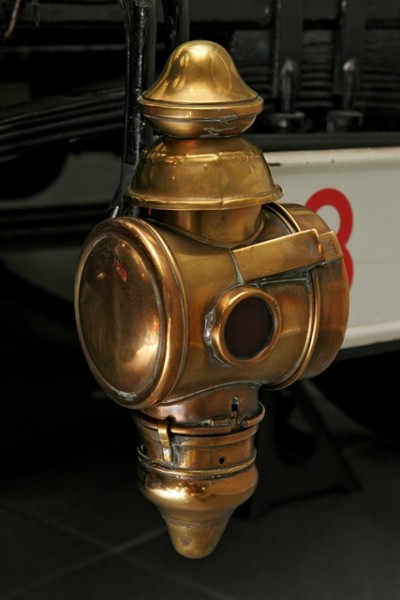
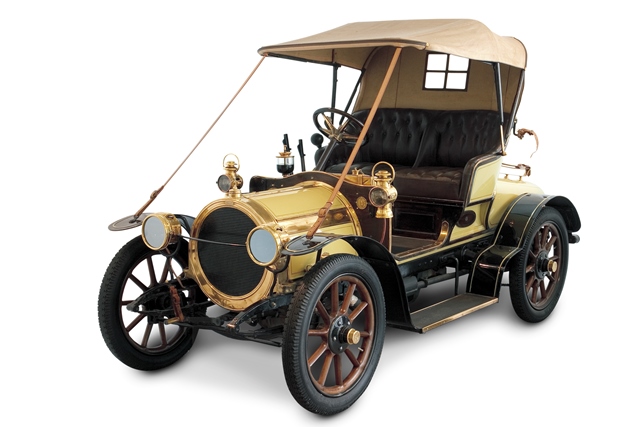







Audioguide